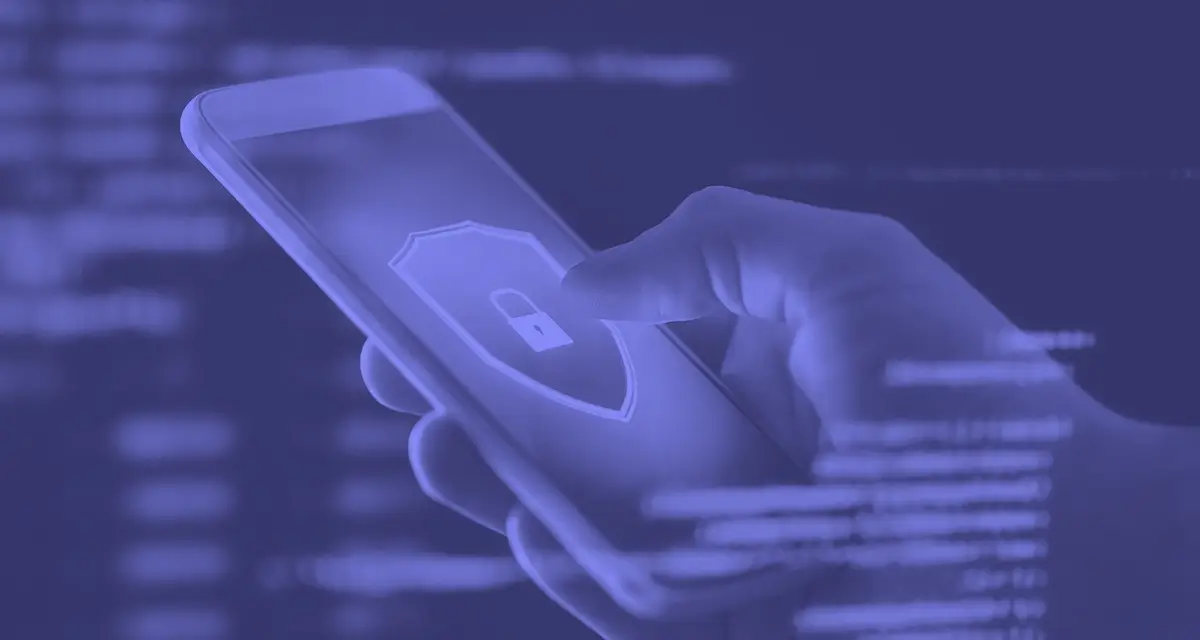

Mobile devices are the most commonly used modern tech invention. Such devices include laptops, tablets, iPads, handheld computers, etc. These devices help in various ways; they connect people instantly, make work easier and faster, are easy to carry, and the list continues. However, because of the increased usage of such devices in almost every walk of life, they have also become very vulnerable to attacks.
Mobile users store sensitive information on their mobile devices, which needs to be properly secured as it’s liable to get leaked. There are tons of ways to secure data that you should be updated about. Furthermore, as a frequent user, you should know about the latest threats to mobile devices and how to tackle them accordingly.
Mobile cyber threats are becoming more powerful and more dangerous by the passing days. Hackers exploit whatever way they get to access the sensitive information of a person or a company. These attacks saw a spike during the COVID-19 era as there were thousands of employees working from home and their home devices. Such mobile devices do not have the same high-security level as the company’s devices, thus making them easily exploitable.
Mobile devices face traditional as well as new security threats that include:
A MitM attack involves an attacker intercepting the traffic sent between a customer and a server, allowing them to peek in on or change the conversations. Due to their dependency on mobile networks and open Wi-Fi, mobile devices are particularly susceptible to MitM attacks.
Malware poses a risk on all platforms, but the number of fraudulent mobile applications has grown recently. According to statistics, at least one individual downloaded a harmful mobile app in 46% of businesses in 2020.
40% of mobile platforms have flaws at the hardware level, and several important mobile apps have had security weaknesses in recent years. These flaws expose company data saved on mobile devices to security risks if an attacker uses them.
As soon as we leave our laptops, tablets, and smartphones in cabs, restaurants, airlines, and other places, they are likely to be stolen or misplaced. Making sure that all of your mobile user devices have screen locks enabled and that entry requires a personal identification number (pin) is the first thing you should do.
Most gadgets include Face ID and Fingerprint Scanners, which unquestionably facilitate access but may not be safer. Whatever method you select, ensure every one of your devices is secured by verifying that you are who you claim to be.
The danger of being hacked soars if you run your mobile devices on outdated software. To stay at the forefront of security flaws, vendors like Apple, Google, and Microsoft regularly release security upgrades to keep their users and their data safe and protected.
Users who haven’t faced a threat before or are carefree tend to ignore the notifications telling them to update their security on their smartphones, tablets, or other mobile devices. Make sure you are not one of them and quickly realize if you are. Assure that the automated upgrades are activated by default on your mobile devices. You can make sure to have the most recent security precautions by constantly updating your computer system.
Your IT department or IT services provider should regularly update you about the necessary software upgrades for your device. And it is your job to get them installed or updated accordingly.
Despite its appeal, resist the urge to use the free Wi-Fi commonly available at airports, tea shops, or malls. This is because the chance of coming into contact with hackers and malicious software increases every time you connect to a network belonging to another company or a network that gives access to the general population.
Even a beginner hacker can easily intercept Wi-Fi traffic and gain access to sensitive information like credit card details, bank account details, passcode, and other confidential data via this attack route. This is because there are so many online videos and readily available tools out there through which they can learn these ways of hacking.
Ironically, even though most of us know that public Wi-Fi and Bluetooth have significant security flaws, we prefer to disregard them. So where does the fault lie now?
Although people think passwords are annoying and difficult to remember, let’s accept that this method isn’t disappearing for a long time. And since we frequently have to change them to keep them unique and updated, this increases the agony of the password-managing process.
Consider using a password manager on your mobile device. This is like a “dictionary of passwords” secured with a special key only known by you. They don’t just save passwords; they also construct secure and unique passwords, preventing you from using the same child or pet name as your password.
We’re still far from being free of passwords permanently, although Microsoft has permitted password withdrawal on its Microsoft 365 accounts. But this is just one of the thousands of steps yet to be taken, so keep your passwords safe and secure till then.
Every company should establish a stringent remote lock and data wipe policy for Bring Your Own Devices (BYOD). This policy gives the company the power to preserve lost information once a mobile device is suspected of being stolen or lost by remotely erasing the device or, at the very least, limiting access.
Given that in a BYOD scenario, the employee often uses the device for both work and leisure, this might get tricky because you’re essentially granting the company permission to erase all personal information.
Remember that employee-owned mobile devices are also used to access your public cloud-based apps and services, which raises your vulnerability. Begin by backing up your cloud data. You’ll still need to be able to access any unsecured data if your device is misplaced or stolen.
Choose a cloud platform that keeps track of the variants of your documents and lets you revert to them, at least for the previous month. This feature is supported by Dropbox, Microsoft Office 365, and Google’s G Suite.
Mobile security is becoming the most popular concern in the expanding and developing IT world. Most brains are used to finding quick and easy ways to prevent data breaches and protect the data. With an influx of thousands of mobile users almost daily, providing the best mobile security is becoming increasingly important.
How can people have remote access to the data they require while simultaneously protecting that data from whatever lurks on these vulnerable mobile devices?
Mobile Device Management (MDM) and Mobile Application Management are the two components of the solution to this problem.
Mobile device management involves setting up, keeping an eye on, and controlling your employees’ gadgets, like computers, tablets, and cell phones. Whereas the configuration, oversight, and management of the apps being used on those devices is known as mobile application management. This includes stuff like authenticator apps and Microsoft 365.
Combining MDM and MAM can provide a strong security solution that restricts access to the programs and data on your company network by unauthorized devices. It should be noted that both of these solutions should be sourced, deployed, and handled by IT professionals knowledgeable about the features of mobile security solutions.
All the IT techs are after the topic of ‘Mobile device security best practices. This is mainly because of the increased usage of these android devices in recent times. As hackers are getting stronger and more mischievous, we need to be more aware of their activities.
We can keep our operating systems and corporate data safe and secure in numerous ways. Keep your passwords strong, don’t access free Wi-Fi, use a password manager and install anti-virus software on your devices.
